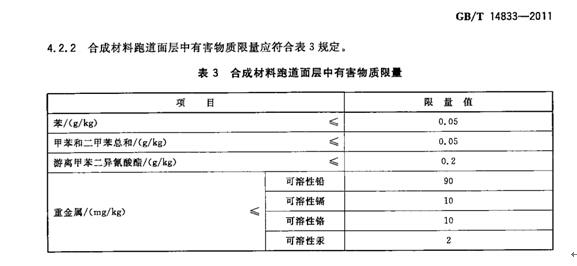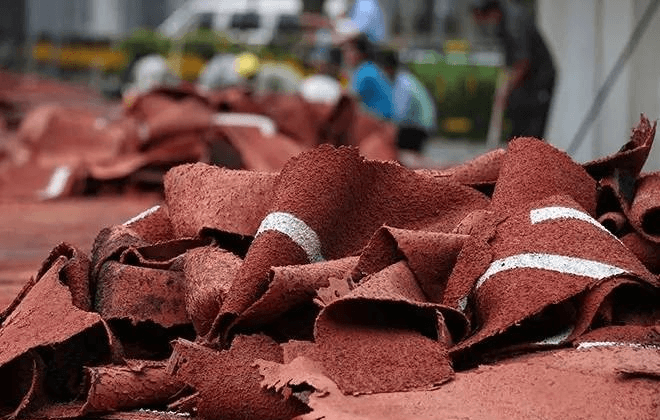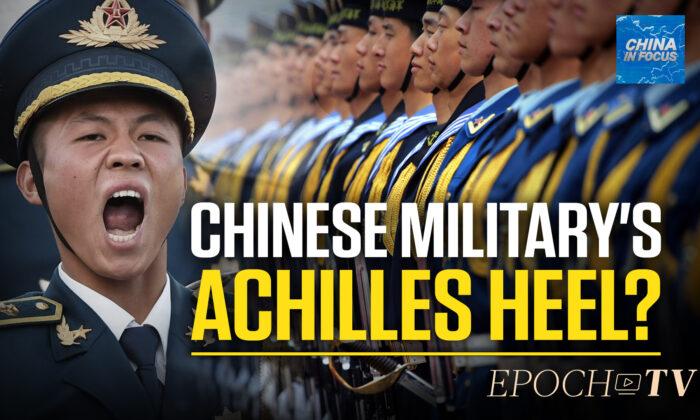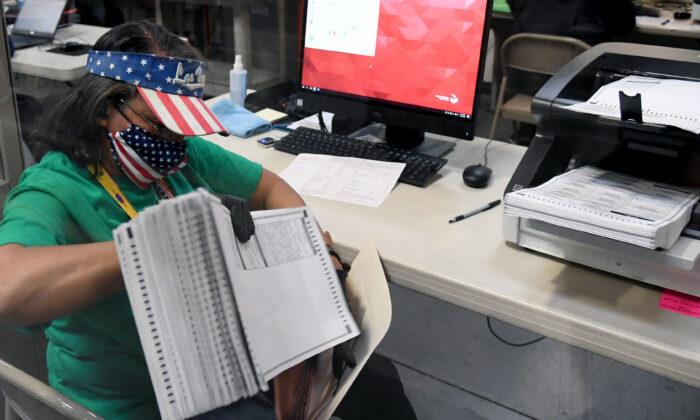On May 21, many students at a school in the southeastern Chinese city of Wenzhou began to suffer from coughing, fevers, and bloody noses. Five days later, at an elementary school in Beijing, ten students experienced similar symptoms as pungent chemical odors emanated from the school’s running track.
The running tracks at both schools are recent constructions, made with substandard synthetic materials 12 years ago despite the warnings of experts. But a combination of poor regulations and commercial interests drowned out concerns of safety and environment.

It’s a health hazard pointed out—and ignored—in 2003, when a Beijing researcher warned about the dangers present in the chemicals used to construct athletic running tracks for public schools around China, according to a report by Southern Weekly. The Chinese Ministry of Education said that the tracks were “essentially harmless” and urged for their promotion.
In fall 2015, the Chinese media Tencent reported that shortly after a running track was opened at a primary school affiliated with Beijing Normal University, two children ages 7 and 8 suffered from constant nosebleeds and short-term memory loss. The symptoms subsided after the children—avid soccer players—took days off from school. But they weren’t the only victims. All through October, over 250 fellow students reported dizziness, nosebleeds, and coughing.
Consequences are now manifesting nationwide, including affluent regions from Chengdu in the southwest to Jiangsu and Shanghai in the wealthy and highly-developed Chinese coast. From north to south, schools in provinces from Guangdong to Heilongjiang have been affected. Students tested were found to have benzoic acid in their urine in amounts proportional to their time spent in school.
Vested Interests, Neutered Regulations
A map diagram published by China’s Tencent media firm displays an incomplete list of incident involving running tracks at educational institutions since 2014. Three schools in Beijing alone have been affected; in southern China’s Guangdong Province, the number shoots up to 12.
To push down construction expenses, cheap, toxic materials were commonly used in the synthetic composition of the tracks, according to a manager in the industry who spoke with Tencent Sports. Among these is xylene, a cheap but toxic substance that causes itchy skin, dizziness, and, in severe cases, leukemia. It can be recognized by its strong nauseous smell.

The single standard used in inspections done by Chinese state agencies, specifically the General Administration of Quality Supervision, is neither compulsory nor does it cover some of the toxic compounds used in the tracks. For example, the benzyl solvent found to be a prime culprit in the students’ symptoms was removed from the list.
A report on Guokr.com, a popular Chinese science news website, indicated that the toxic substances had seeped out of the athletic tracks through years of intense sunlight and assumed gaseous forms. But the existing regulation does not consider different scenarios for the rate of release of dangerous chemicals in the construction.
Public schools themselves have no say in the choice of constructor; the decision falls to the local education commission.

A chart showing the Chinese state’s recommended standards for the surface composition materials used in athletic tracks. (via Guokr.com)
Furthering compounding the problem, the state does not select construction firms for their technical qualification in producing sports equipment, but instead runs competing companies through a bid system, experts told Tencent Sports. Offering lower costs, smaller, unprofessional companies are able to defeat qualified larger firms that are subject to greater scrutiny.
“My cost (per square meter of track material) is something over 100 yuan [$15,]” Shi Jianhua, founder of a large construction firm in the city of Guangzhou, told Beijing News. “Some companies are willing to drop that to just 60 yuan, how can I hope to compete with them?”





